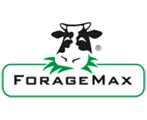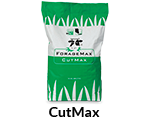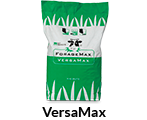The right grass
makes excellent silage
Conserving your grass properly ensures maximum nutritional yields. Because it retains a sound nutritional profile after cutting and conservation, it provides the nutrition your animals need throughout the year.
In making good quality hay, hayledge or silage, three factors come into play: the time of the cut, the process of silage or hay-making, and the nutritional quality of the grass species and varieties. We can offer advice and help with the first two factors, and we've devoted countless hours of research and testing to give you the very best seed you can sow.
-copyright.jpg)
Science makes your cut grass go further
Although overall grass yield is important, the nutritional quality of that grass can have a bigger effect on farm profitability. You don't just need premium forage quality, you have to maximise the content of digestible neutral detergent fibre (dNDF) at each cut. Numerous factors affect dNDF content, including species, variety, plant age, climate, and soil conditions.
At our Research Division, we monitor the nutritional value of cut grass at every stage. Using near-infrared scanning, we measure the amount of dry-matter, NDF, and other constituents at harvest time. Later we analyse the same samples in our labs for dNDF and sugar-content. This gives us a dynamic view of the forage quality of each variety over different cuts. It gives us the data we need to create mixtures with optimal yield and stability across the growing season.
The data also goes into our Genome Wide Selection program to help us develop new breeding lines based on their genetic potential to maximise your nutritional yield.
Grass for maximum nutritional value
Our ForageMax range contains several grass mixtures that are optimised for conservation. For example, our CutMax and VersaMax mixtures.






